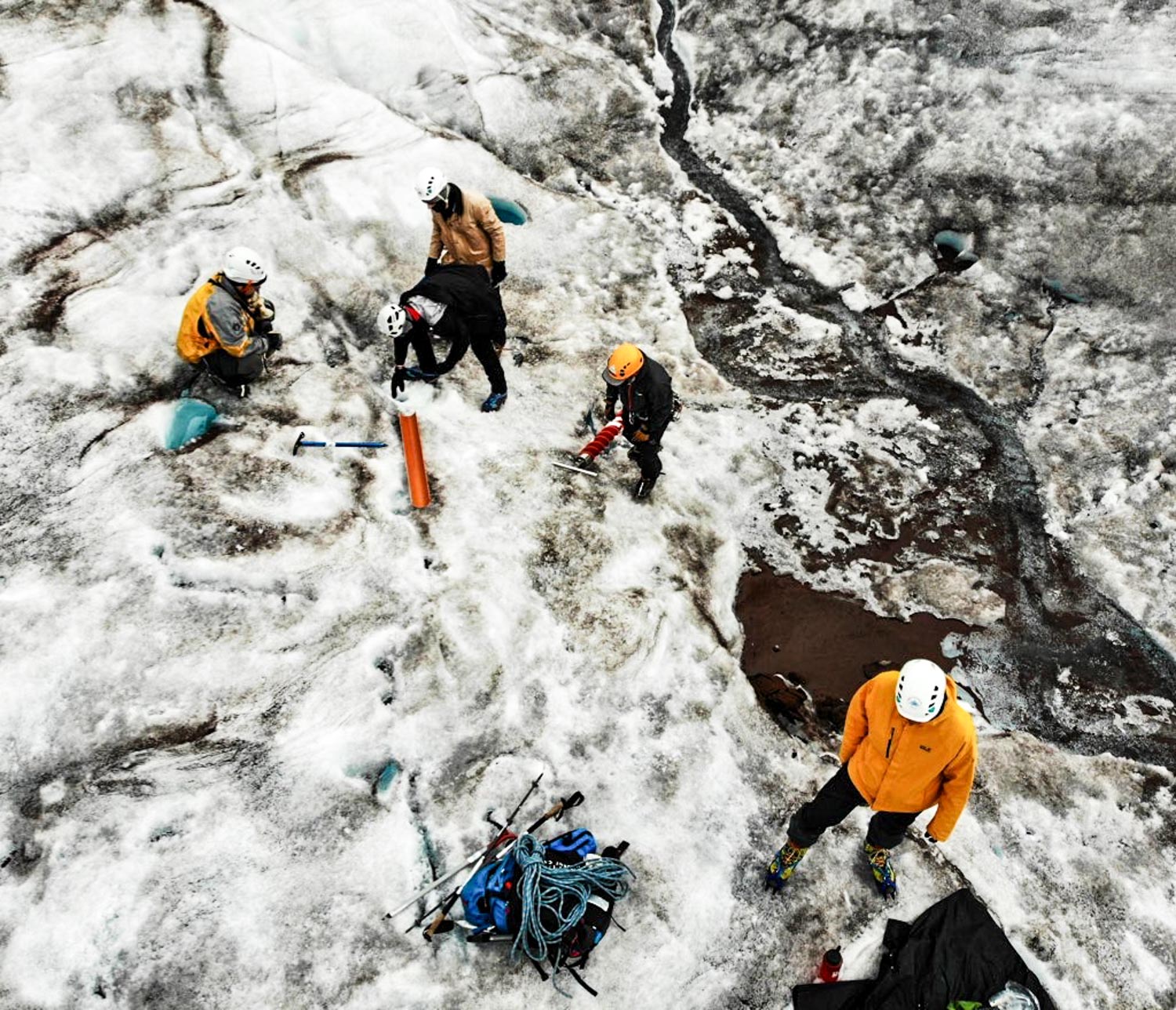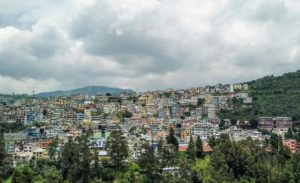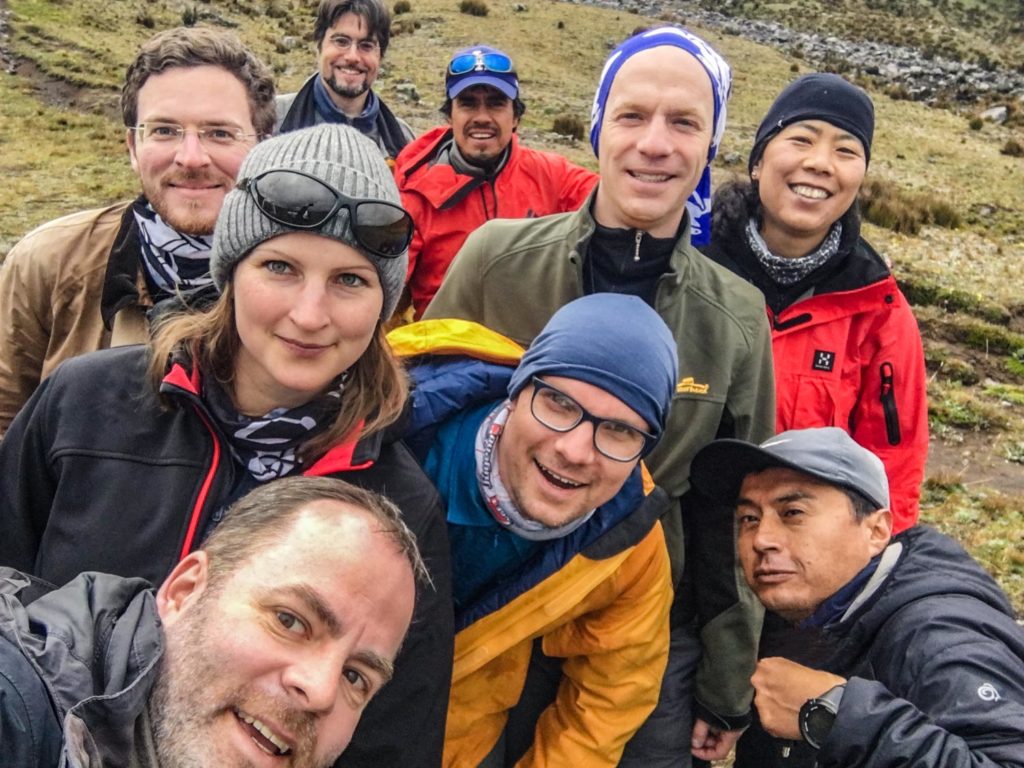
The time had finally come! We headed up to the glaciers covering Antisana together with our partners from the Universidad Estatal Amazónica on Day 5. What evidence of human impact would we find in this remote location?
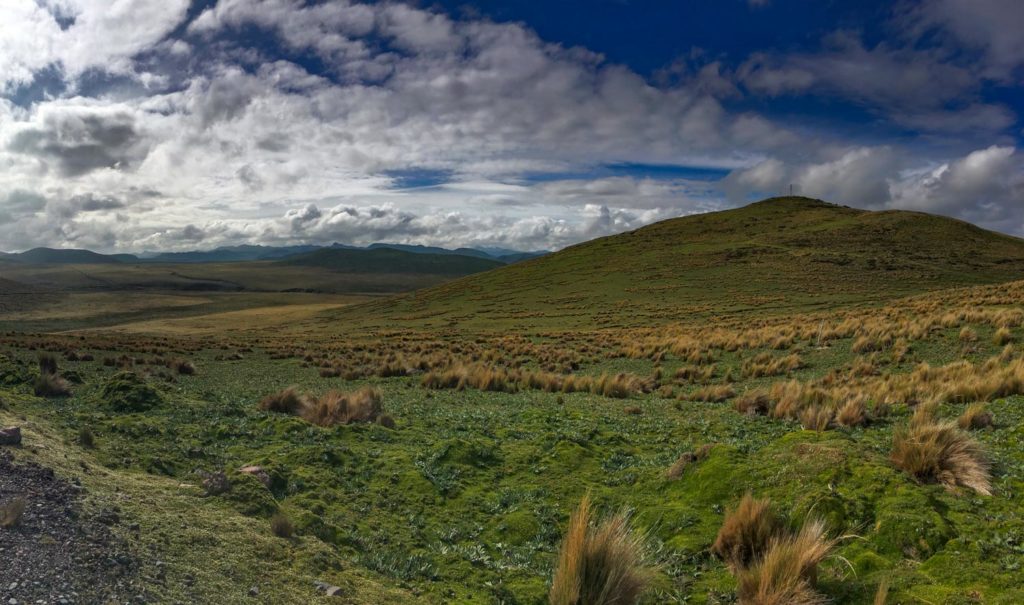
We were treated to stunning scenery on our journey to the volcano located about 55 km to the east of Quito. It wasn’t long before all signs of civilisation disappeared entirely.
Once we were up high, Christian was able to carry on recording the animal kingdom. The biodiversity in this National Park is nothing short of breathtaking.
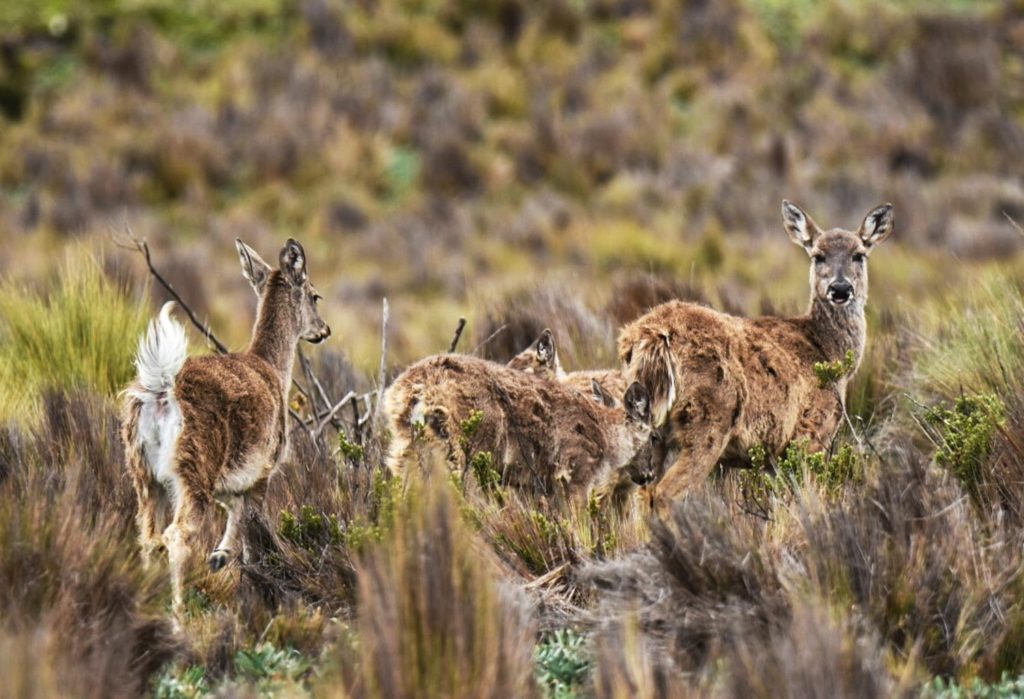

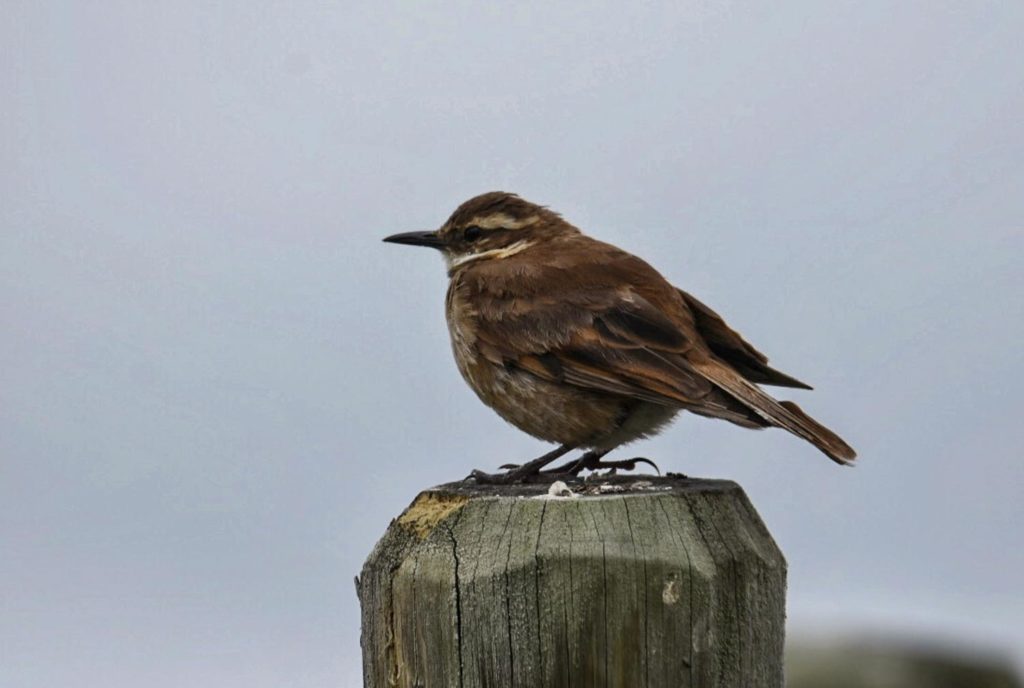
And Christian could also capture a fox with his 600mm telephoto lens.
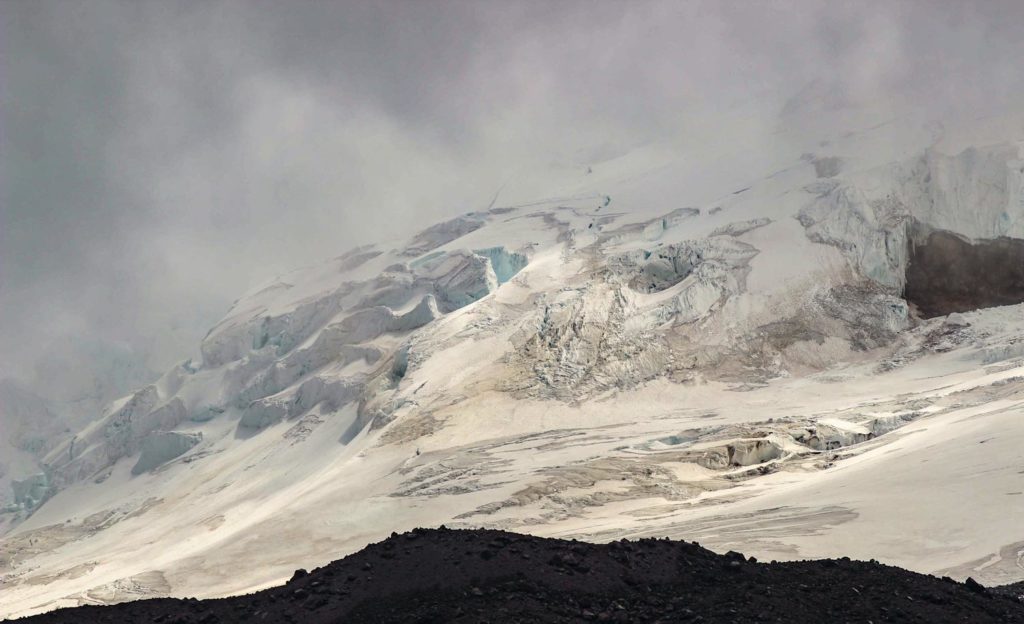
Even from afar, you can see fissures running through the Antisana Glacier. We were surprised by the amount of water we found from ice which had melted. Miriam’s audio recordings leave no doubt that water is even trying to escape from underneath what appears to be a solid coverage of ice.
Once we had made it to the glacier, Ricarda led the way given that she has lots of experience in the icy conditions in the Antarctic. We used the ice core drill we had brought with us to take our first glacier samples. The whole team had to pull together to make this happen and our trusty companions even ended up helping us out. We couldn’t have done it without them!


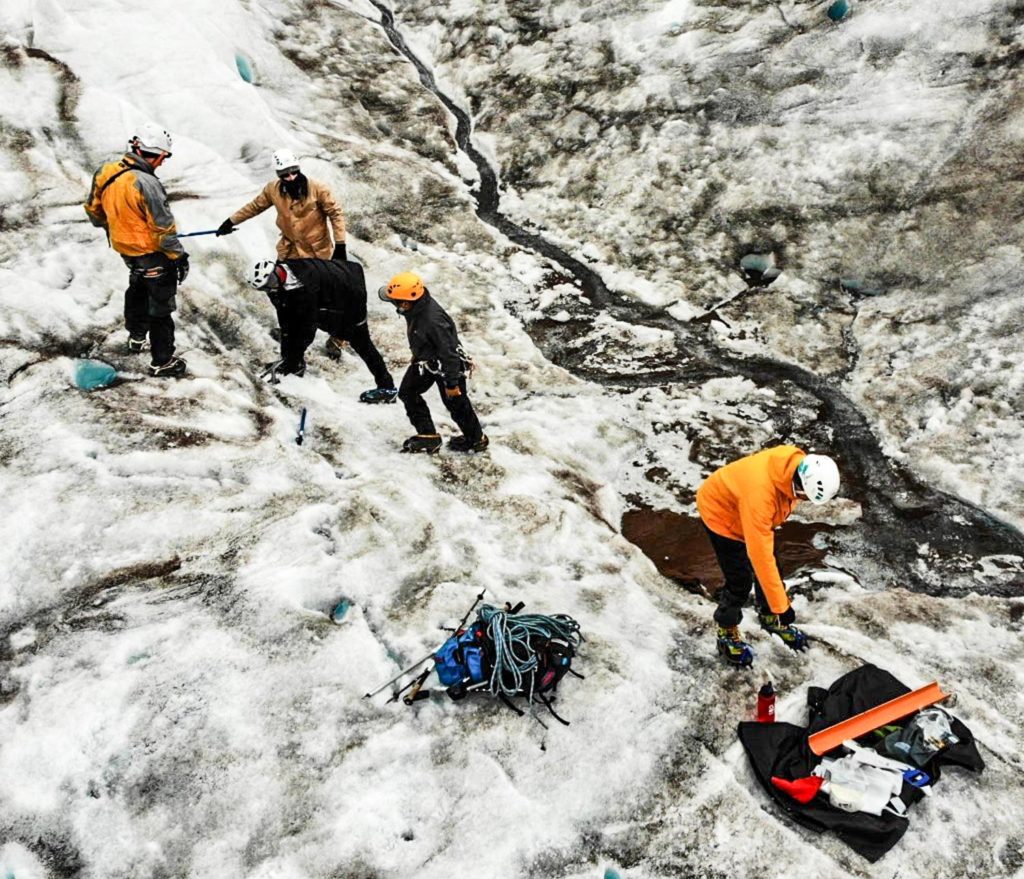
Ricarda and Robert, our ice and microplastics experts who we would be relying on to examine the samples, pulled out an incredible metre-long ice core (the ice core drill was packed in Ricarda’s luggage). We sawed up the core into lots of smaller pieces to make it possible to analyse the depth of the various layers and age the ice. The deeper the ice is, the older. We took great care to pack up the samples to take away with us. Back at the lab, we can examine the melt water from the core samples to check for microplastics and other indications of human impact. If you are interested in reading more about our ice research, check out our blog (in German) on the FAZ website.
Listening to glaciers is another way of learning more about them since the way they sound varies hugely depending on their development and composition. And so we ‘eavesdropped’ on them as part of our project. Miriam took the lead.

